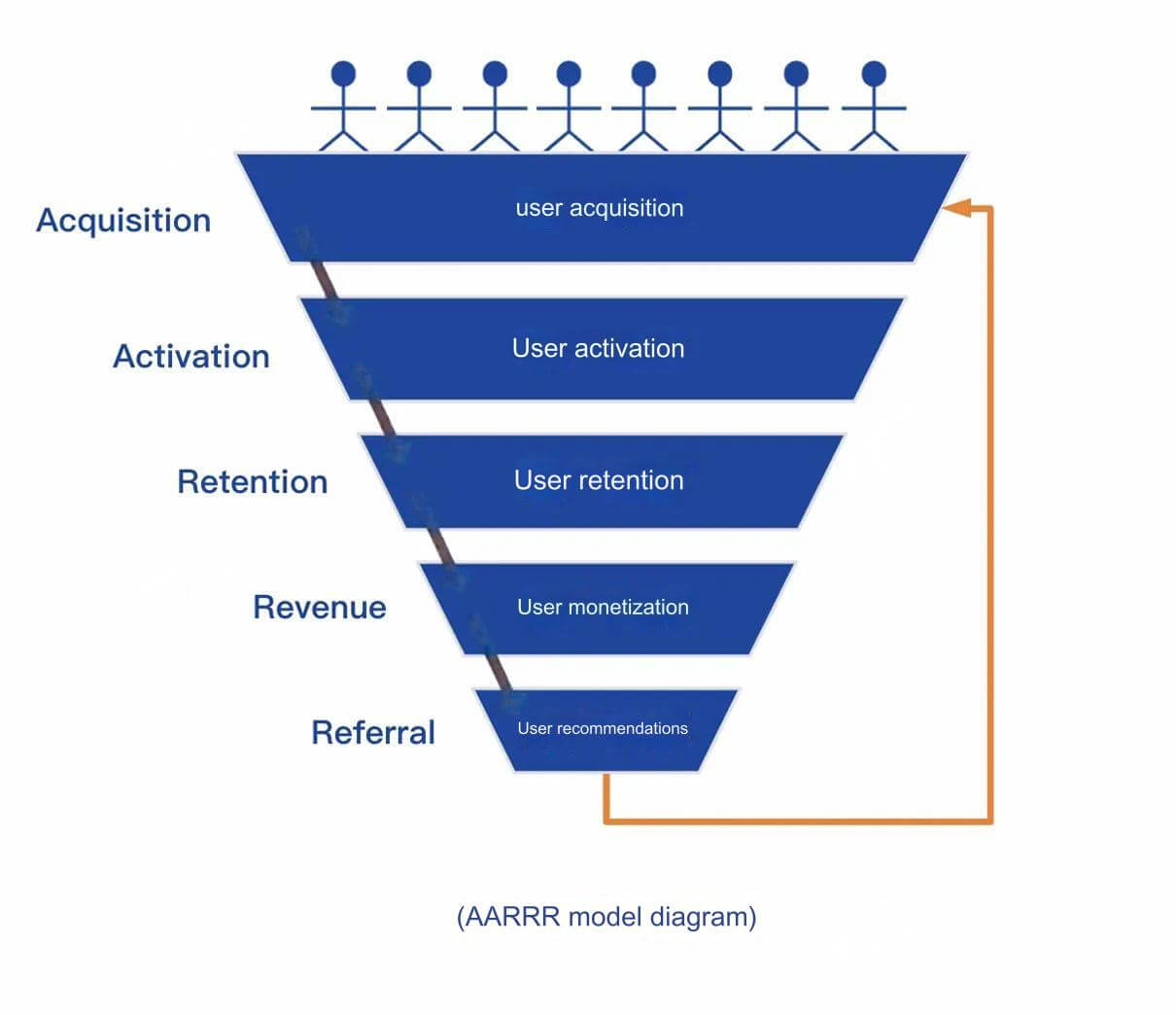In SaaS product design, compensation design is a crucial module. It’s important to establish a reasonable compensation system, and product managers need to fully understand the system’s setup and processes. This article summarizes a typical compensation design path, which should be helpful for everyone. Every company faces a fundamental challenge: how to stimulate and maintain the output growth and stability of the sales/business team through a reasonable and motivating compensation system.
If we look further back in history, conflicts between mercenaries and regular armies often arose due to unequal pay for equal work. A more recent example is the conflict between the Hangzhou branch of WoAiWoJia and its headquarters. One of the first actions taken by the senior management team in Hangzhou was to introduce a compensation and performance plan aimed at increasing the income of employees and store managers (this information comes from the internet and its accuracy is not guaranteed). Therefore, solving compensation design issues, especially in sales compensation, is undeniably one of the core challenges that any company aiming for growth and development must address.

Putting aside complex theories, we can tackle this problem by following the steps and SOP outlined below:
Define the customer group and establish basic compensation principles;
Clarify the short- and mid-term business objectives for the sales team and adjust the basic principles accordingly;
Calculate the revenue per customer and the strategic losses we can afford, and determine the feasible compensation range;
Fine-tune the compensation range considering the competitive environment, talent availability, and the time needed to cultivate talent;
Balance the allocation of base salary, commissions, bonuses, and incentives.
Principle 1: Setting Compensation Principles Based on Customer Groups
The basic compensation principles should be aligned with the customer groups, not the company’s operational situation, to ensure the direction remains correct. This helps prevent constant changes or inconsistencies during later stages of execution.
The basic principles can be summarized in one diagram:
Customer procurement scale can be understood as either the customer’s size or their procurement amount. This factor varies in classification across different business scenarios and needs to be contextualized based on actual situations.
Target customer count can be interpreted as the number of potential customers or the number of reachable potential customers. It’s important not to consider every customer with generic needs as a target customer. For example, just because all customers have financial needs doesn’t mean they all require third-party services; similarly, while many customers need customer management, not all will purchase a CRM system.
Once we clarify these aspects, we can better understand the compensation principles represented in this diagram:
“Large scale + high quantity”: In this quadrant, sales teams need to contact and convert a significant number of customers within a limited time, while also maintaining good customer relations. Hence, the compensation principle should pay for both customer acquisition and lifecycle maintenance. A suggested structure is a 40% weight for customer acquisition and a 60% weight for lifecycle maintenance.
“Small scale + low quantity”: This quadrant represents niche markets that still provide enough revenue for the company to sustain growth. However, the compensation structure is the opposite of the previous quadrant, with a 60-40 or even 70-30 split in favor of customer acquisition, ensuring that sales personnel focus on increasing market share.
“Small scale + high quantity”: Here, the focus is entirely on customer acquisition. Sales teams must work efficiently to reach and convert as many customers as possible, while other business units handle lifecycle management.
“Large scale + low quantity”: This scenario often involves a solution-based approach with large clients, such as those in industries like telecommunications, construction, chemicals, and heavy industry, or key accounts in cloud and SaaS services. In such cases, sales teams work on a one-to-one basis, and compensation principles should reflect lifecycle management with deep problem-solving for these customers.
Principle 2: Fine-tuning Compensation Principles Based on Business Objectives
Sales objectives are influenced by three factors:
The company’s development needs and mid- to long-term plans;
The competitive environment and industry sales strategies;
The availability of capital.
These factors affect the weighting of “customer acquisition” and “lifecycle management” compensation, guiding sales actions toward the desired business outcomes.
For instance, if we face significant poaching from competitors and believe that maintaining team stability will eventually wear down the competition, we could increase lifecycle management compensation without changing customer acquisition pay. This would bind sales teams closer to the company while distributing costs more evenly across the service chain.
Principle 3: Calculating the Maximum Compensation Per Customer
Here’s a simple calculation principle:
The total investment the company can allocate to sales should not exceed 50% of the revenue generated by the customer after deducting the company’s fixed and semi-variable costs (excluding the sales team).
For example:
If we are a software company and a salesperson closes a deal for a one-time software purchase, and the total payment after installment is 1 million RMB, with 25% as the final payment and 50% as the company’s costs, the maximum compensation for the salesperson would be 12.5% of the 250,000 RMB left over.
In a SaaS business, if the customer’s lifetime value is projected to be 1.5 million RMB over three years, with a 40% renewal rate and 800,000 RMB in costs, the salesperson could earn 5,000 RMB in total compensation.
This principle is also applicable to B2C business models, as seen in scenarios like ride-hailing vouchers or new-user discounts for food delivery platforms.
Principle 4: Adjusting the Compensation Range
While the previous step defines the maximum compensation range from the company’s perspective, external factors such as competition, talent availability, and training costs require further optimization of the compensation range.
For example:
In a highly competitive market, sales income expectations are not determined by the company’s minimum, but by the industry’s median income.
If there is a shortage of desired talent, companies may need to pay a premium, benchmarking not only against competitors but also against other industries with relevant skills.
If training new talent takes too long, the company might factor in training costs when poaching from competitors, increasing the probability of attracting talent while reducing internal training expenses.
Principle 5: Setting the Proportions for Compensation Components
After confirming the above information, we can proceed to design a complete compensation package:
Base Salary + Commission + Bonus + Incentives
Base Salary
The principle is to set the base salary no lower than the minimum regional income required by law and no more than 1.2 times the lower limit of the next level’s salary for the same position within the company. For example, if the sales role is divided into three levels, the maximum base salary for S1 should not exceed 1.2 times the minimum base salary for S2. Exceeding this limit usually indicates overlapping salary ranges or unclear level distinctions. The base salary, as a hygiene factor, is not meant to carry a competitive weight; it simply needs to ensure it’s not worse than others.
Commission
The principle here is “distribution based on labor, more effort yields more rewards.” Generally, commissions should correlate positively with a salesperson's performance. The more they contribute to the company's performance, the higher the commission amount. Moreover, the commission should also be positively correlated with the actual payment received (i.e., when full payment is successfully collected according to the contract and no refunds are made). A special note here: if commissions are designed based on acquiring new customers, a thorough calculation or the establishment of a minimum customer acquisition cost baseline is necessary. Unless the company is in a stage of abundant capital and fierce market competition, ignoring this baseline may lead to significant financial risks.
Bonus
The principle is “reward behavior, assess performance.” Bonuses are typically applied to encourage behaviors related to achieving certain results, and they align with sales management requirements. It’s like, “If you want to win a war, you need to train soldiers to aim accurately.” Therefore, in certain situations and for specific groups, it’s necessary to evaluate non-outcome-based performance and offer rewards to guide, motivate, and improve the team.
Bonuses can be managed through additional performance bonuses or by adding performance scores to the base salary. However, it’s not recommended to embed performance ratios into the agreed base salary. From the perspective of those being managed, this approach produces zero positive impact and significant negative effects, as the perception is not one of reward, but of punishment. While punishment can be effective in the workplace, its side effects can be substantial.
Incentives
The principle is “combine short-term and long-term, treat differently.” While base salary, commission, and bonus should be fair, incentives need to be distinct, even targeted. Incentives are generally divided into short-term and long-term incentives. We won’t go into detail about short-term incentives, which are often aimed at boosting the overall team atmosphere during specific time periods, such as campaigns, sprints, or late-night challenges.
Short-term incentives focus on rewarding results or specific groups, which is why frontline feedback often includes complaints like “What does this incentive have to do with me?” or “Why do only the top three get rewarded?” or “Aren’t the ones who performed poorly last month the ones who have the best chance of winning by boosting growth rates?” My view is, let them complain—because the purpose of these incentives is to foster a ‘lead wolf’ or ‘dark horse’ effect. The goal is not fairness, but to show that some people can excel (though blatantly creating awards for specific individuals must be avoided).
Long-term incentives are based on principles established by management and typically take the form of stock options, equity, or bet-based rewards (like trips or cars), which are not immediately realized. These long-term incentives have significant value in ensuring the stability of the sales force, extending their drive to perform, and deepening their connection to the company.
In principle, following the above five steps ensures that the compensation design remains on the right track and that risks stay manageable. The remaining tasks involve adjusting and optimizing compensation according to specific circumstances, setting performance targets, defining evaluation points, calculating commission costs, and assessing sales costs, among other execution stages, which will not be covered here.
Final Reminder: The foundational layer of sales compensation design must be scientific, but science alone is not enough. It also requires artistic communication, shared values, common goals, and effective management. Only then can we ensure that we can "attract talent, retain talent, develop talent, and nurture success."







